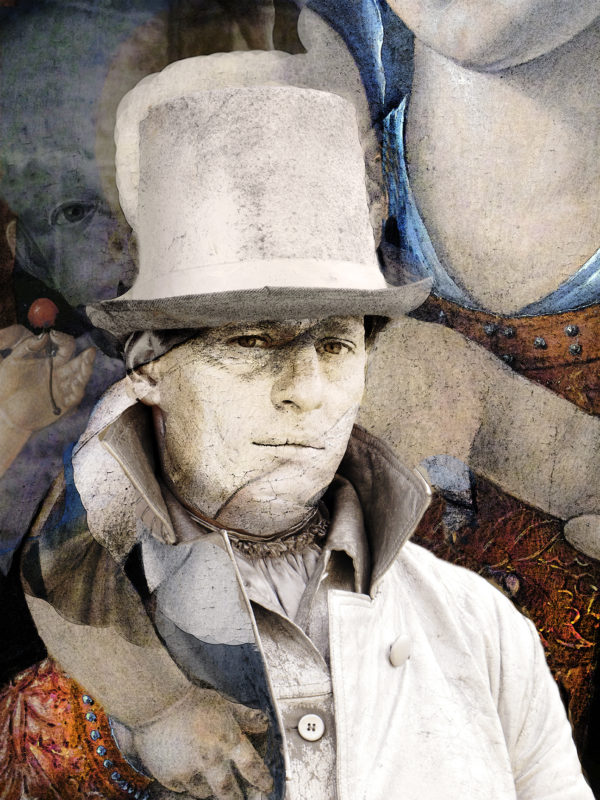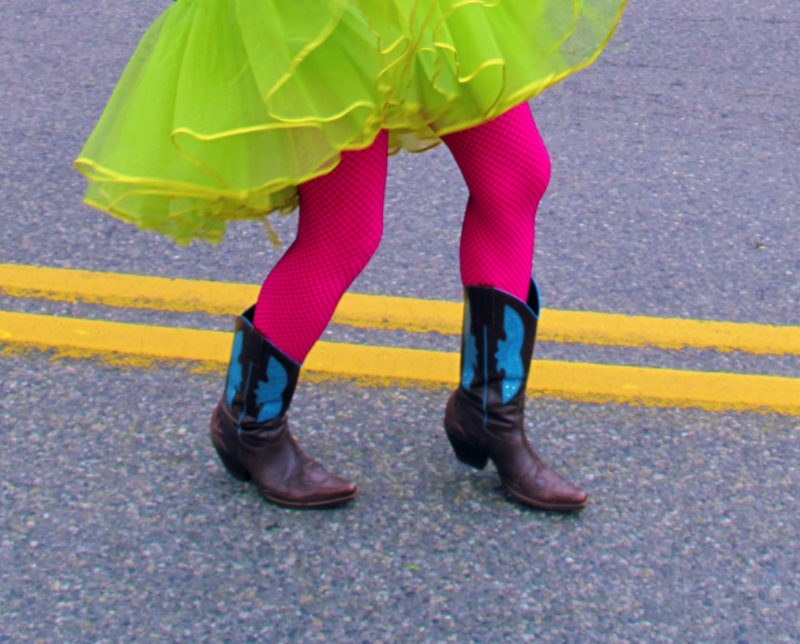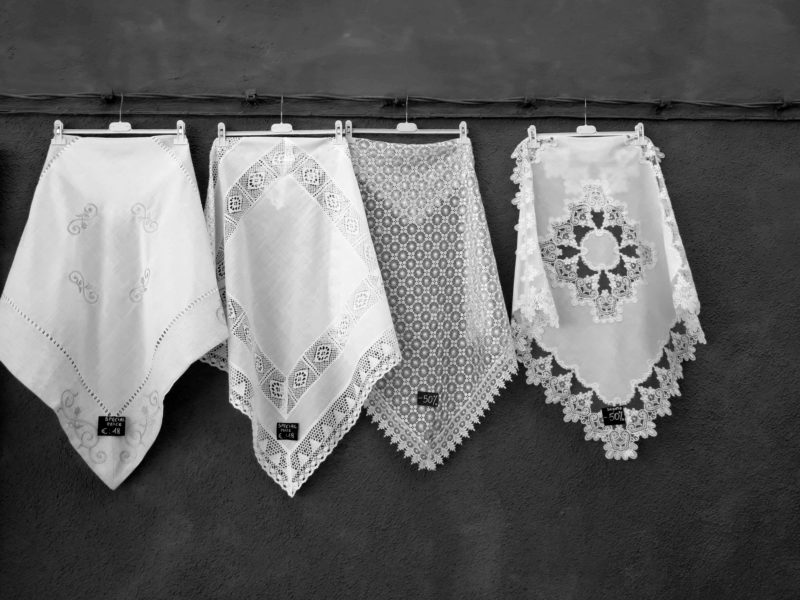From Smirk to Smile
· Cultural aspects of smiling ·

Can we explain why people in some countries smile and in others don’t? Why women smile more often than men? Scientists have certainly tried to do just that – and the data are a mess, if you look at them closely. Some hypotheses are interesting. You could assess countries for a factor called uncertainty avoidance – cultures with unstable political and economic systems, where the future is seen as unpredictable and uncontrollable are low on this scale and perceive smiling as a stupid sign of overconfidence. If, on the other hand, you rate countries for corruptness, you find that smiling is perceived to be correlated with dishonesty. Masculinity of a culture or hierarchically structured cultures might have an influence on smiling, as does the fact that some cultures value happiness less than others. Details can be found here: http://www.theatlantic.com/science/archive/2016/05/culture-and-smiling/483827/ Read it and frown.
The busker in the montage above came from Poland – unclear if the frozen face is part of his national or his caked-on make-up. You find a lot of them in touristy areas close to the Eastern borders, hoping for the support of generous tourists appreciating their act. Below are his American counterparts, maybe it’s the make-up after all….


I learned quite a bit from the attached piece on the smile in portraiture throughout the centuries. The images alone are worthwhile a short perusal. (Carravagio’s Triumphant Eros included.)
http://publicdomainreview.org/2013/09/18/the-serious-and-the-smirk-the-smile-in-portraiture/

Note, my musings don’t end on a smiley face, maybe the hierarchical structure of my German upbringing is counteracting gendered tendencies……































 because it reminded me of the blond young man in my photograph. The latter might not be flying, but his hair is and his headband might just as well, given all the butterflies……
because it reminded me of the blond young man in my photograph. The latter might not be flying, but his hair is and his headband might just as well, given all the butterflies……




 Below is a painting of a sailor by Bohumil Kubista one of the founders of modern Czech painting. (
Below is a painting of a sailor by Bohumil Kubista one of the founders of modern Czech painting. (